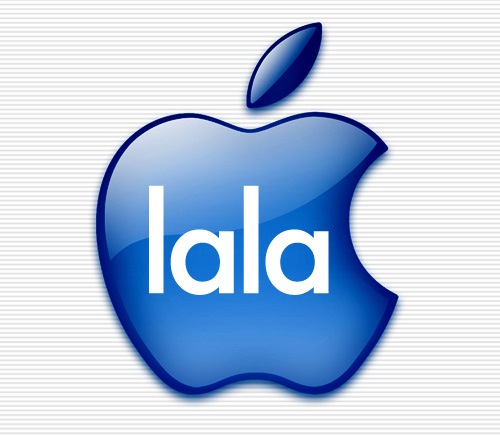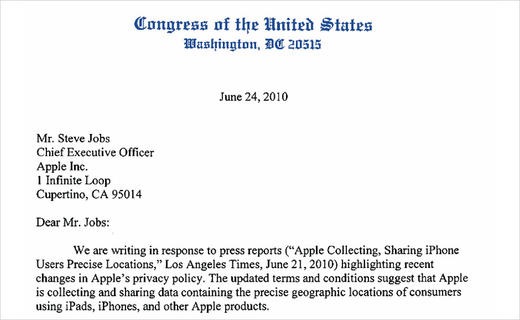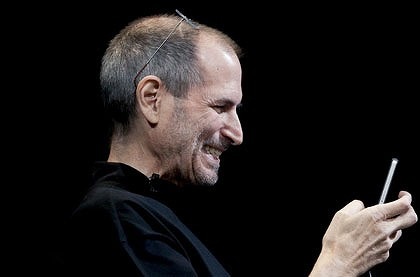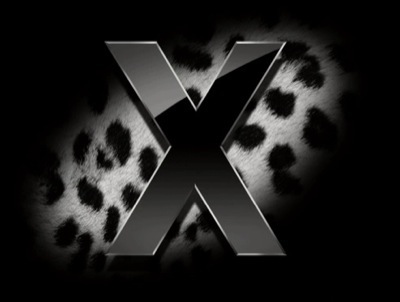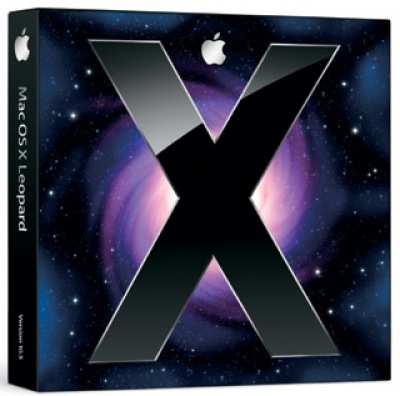It’s only a rumour, but some people say that in June i’ts finally coming…
This is what Gizmodo thinks about it:
It still seems strange, on the face of it. iTunes is the ginormousest force in digital music, beaming out billions of bits a day. Apple paid $80 million (maybe) for Lala, a streaming site you’ve never heard of. Why?
First, let’s look at what Lala is. (Or was.) It’s three things, really: A CD trading site (its original emphasis), a streaming site, where you can “upload” your own music and stream it anywhere (your collection is matched with what Lala’s got, and anything they don’t have is actually uploaded); and a streaming site that’ll let you stream a song once for free, or pay 10 cents to stream it an unlimited number of times. In other words, It’s a music service that’s all about streaming and the cloud, both for the music you already own, and for finding and playing new music.
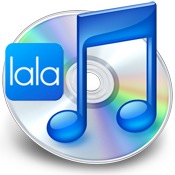
That obviously looks a lot different from iTunes—you pay for things, you download them, you have a library of stuff. It’s kind of a dated, restrictive model, really. Only being able to listen to the small slice of music that’s banked on my hard drive, it feels cramped and very 2004. Zune feels like a generation ahead with Zune Pass, which essentially expands my library ad infinitum, with full access to most of the service’s 6 million songs (plus I get to keep 10 a month, so the pass just about pays for itself). iTunes needs to refresh itself.
Okay, so Lala obviously fits into that need. But what’s Apple going to do with it specifically? Bring Lala under iTunes? Kill Lala and assimilate its features into iTunes? Keep Lala running? Well, there’s actually some pretty good case studies when it comes to Apple buying up smaller companies, historically, especially when it comes to iPod and iTunes.
iTunes actually began life as an acquisition. In 2000, Apple was looking to buy MP3 software and wound up purchasing a little program called SoundJam MP, along with its lead developer, Jeff Robbin—it was re-engineered into what you now know as iTunes, and Robbin is now the VP for consumer applications at Apple. Cover Flow, which is now slathered on top of basically every app Apple makes, was originally an independent program developed by Steel Skies. Apple bought Cover Flow, though not the company. The iPod itself was mostly developed by a company called PortalPlayer—again, Apple bought the rights to the hardware and software, but not the company (which was later picked up by Nvidia).
Finally, and most recently, Apple bought PA Semi, an entire chip company, likely so Apple can design its own chips for iPhones and iPods (we haven’t seen the fruits of this venture yet, though we likely will soon). So, there’s a couple different models here: Buy the tech, buy the brains behind it; buy the tech; buy the company, the tech and the brains. In each instance, though, the thing purchased became wholly an Apple thing, fully assimilated, as if its past life had never existed.
Looking at Lala, it’s likely true, as the NYT says, that Apple is “buying Lala’s engineers, including its energetic co-founder Bill Nguyen, and their experience with cloud-based music services,” as Apple did with iTunes so many years ago. But that’s not all Apple was after, not if they paid $80 million (or whatever) to outbid at least two other competitors, as some reports say. It seems clear, looking at the history of Apple’s iTunes acquisitions, Lala and its features are going to be integrated into iTunes in a very fundamental way.
After all, one of the central conceits of Lala—streaming your own music library anywhere—is something Apple’s been looking at for a while, and it doesn’t alter the fundamental iTunes model, the one that’s so deeply tied to your own music collection. It just expands it. Lala, actually, was even in the midst of getting its streaming iPhone app approved.
And that’s most likely what Lala is going to look like inside of the iTunes beast: You’ll be able to stream your own library anywhere. The other half of Lala, the true streaming service, with its 10-cent songs, as a part of a new iTunes too, would radically alter the entire iTunes model by introducing one organized around streaming—while still preserving that core tenet of paying for and owning songs. The kind of value hierarchy that Apple is devoted to still works—songs you have more ownership of, that stay on your hard drive, cost more (like when DRM-free songs used to cost more) while ones that stay in the cloud are cheaper—even as it completely changes the way we’d buy music from iTunes, and if history’s any guide, maybe digital music as a whole. (Oh, and iTunes’ new web interface practically begs to be a streaming site.) It’d be a big step, even for a company that killed their most popular iPod, the mini, to introduce a brand new one, the nano.
True, we won’t know precisely what Apple’s going to do with LaLa until they do it. But we’ve got some rough ideas.